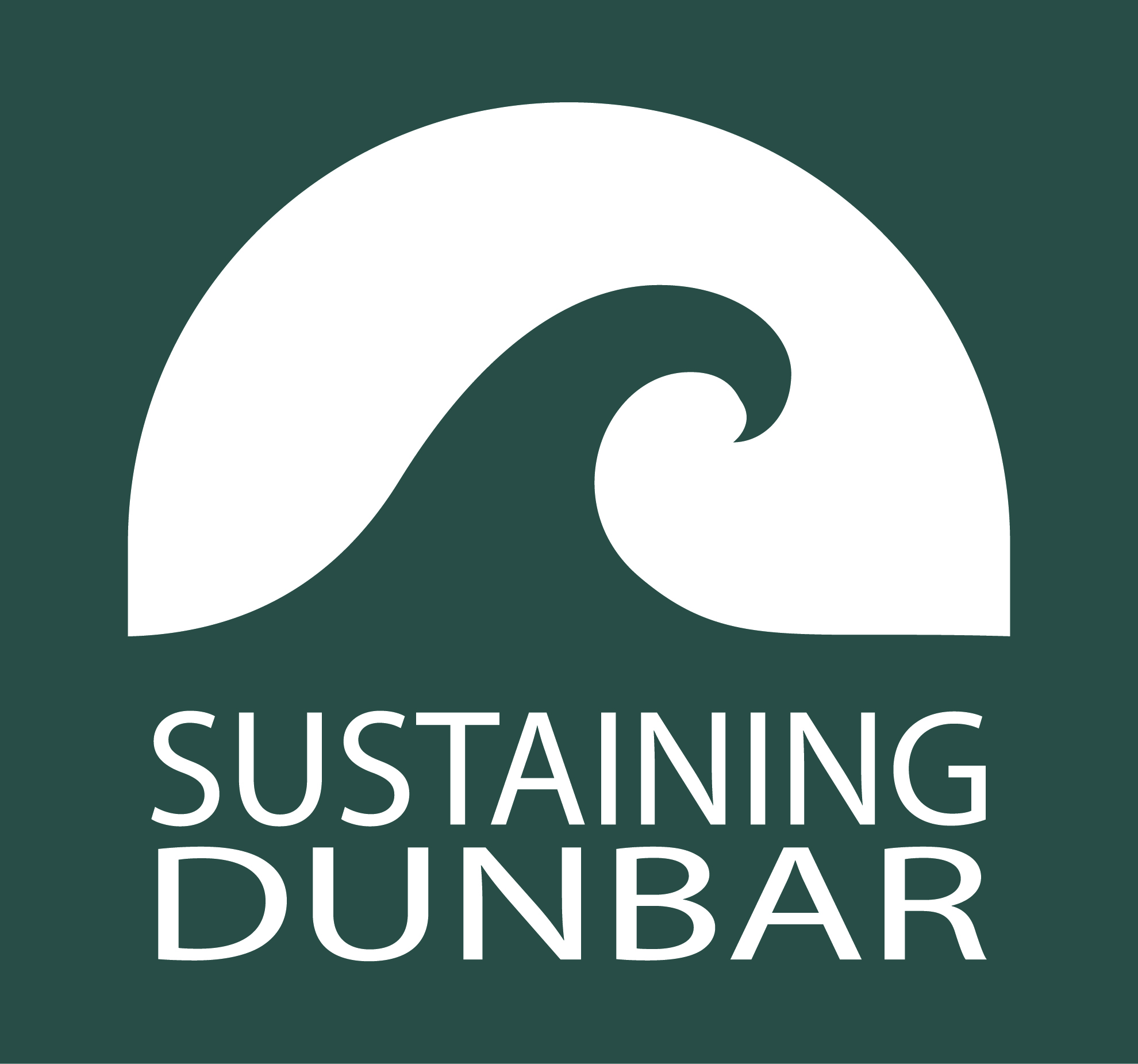During Covid, we asked the question: “What if this pandemic stimulated our communities to be even stronger and more thriving?”
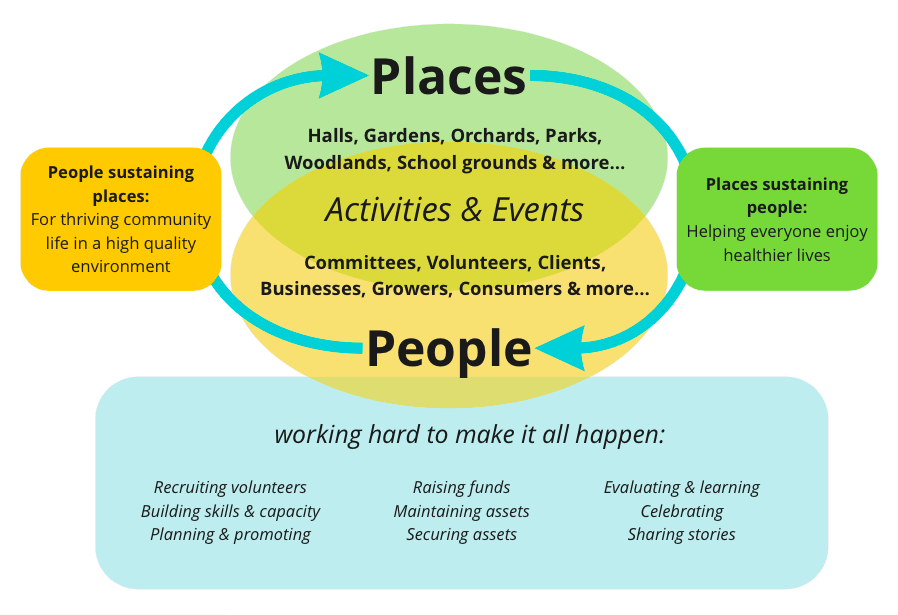
What if ….we imagined a future full of possibility….where we focus on a positive vision…..where we tell a new story of a future where humans and the environment flourish together?
Back in the early summer of 2020 we spoke with lots of local groups, many working at the sharp end helping people cope with the pandemic. We asked if it would be useful to work together and plan for the future. Most said ‘yes’ and there are now around 30 partners in the What If network. Since then, we have been:
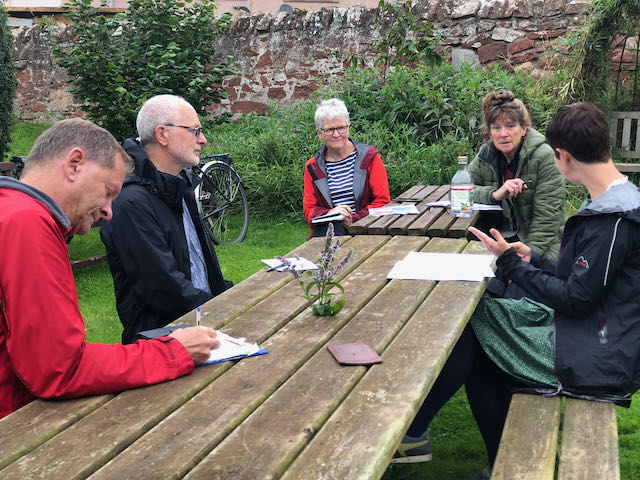
Engaging and listening: Holding over 60 one-to-one and group meetings, to learn what’s needed, explore how we can help each other, including collaborative projects.
Themes have included: food and growing; community halls; health and wellbeing; creative arts and sustainability; coworking spaces; and visitor pressures on nature sites.
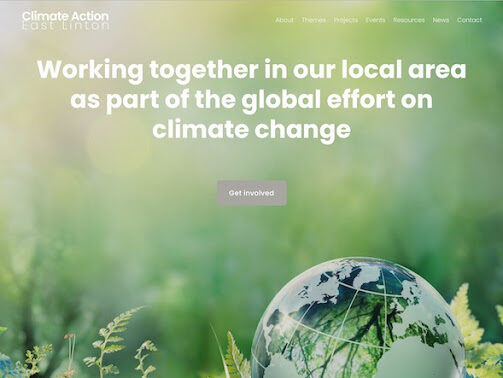
Sharing stories: Using our social media and newsletters to promote the essential work that local groups are doing. We created and shared a number of podcasts, videos and blogs – find them on our news pages.
We’ve also created temporary pages where you can learn more about each partner and opportunities to get involved with their work or to access their services.
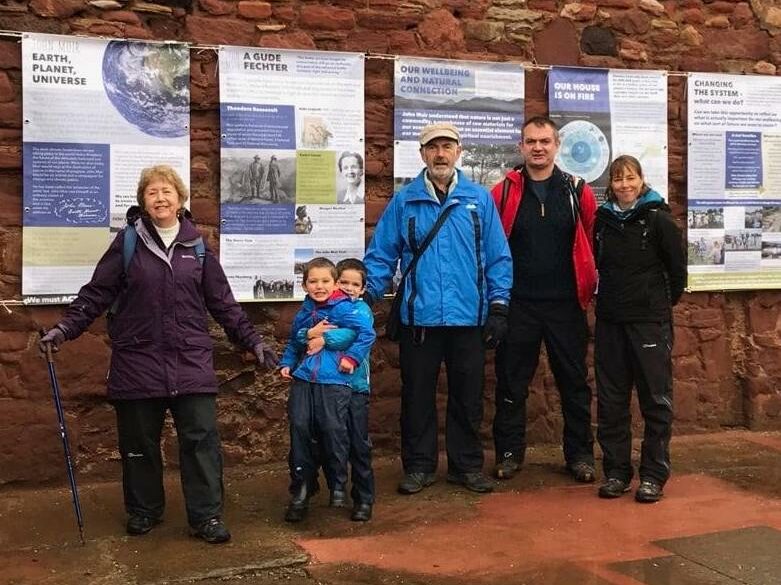
Turning ideas into action: Local groups have continued to work on COVID recovery, and we’ve helped them raise funding for this.
Groups have also come together to collaborate and support each other, including an exhibition about John Muir in the age of climate crisis, a series of online events, and forming a Local Good Food Alliance and the Local Community Halls Network.
What Next?
With our partners we have developed Sustaining Place, Sustaining People, the What Next Action Plan, to guide our recovery from the pandemic and help the area be home to thriving people, where nature flourishes, and where we live, work and play in ways that respect the wellbeing of all people and the whole planet.
We’ve drawn together existing knowledge, activities and plans, and organised workshops, surveys etc to identify gaps, develop new ideas, agree priorities and decide how we can best work together to support existing good work and make what’s needed happen.
When we try to pick out anything by itself, we find it hitched to everything else in the Universe
John Muir
From plastic in the oceans to climate change, from fuel poverty to job insecurity, and everything else it’s all connected.
That’s why it’s so important to look at the big picture, so that by fixing one thing, we don’t cause problems elsewhere – for example, plastic is extremely useful in many ways, but until recently we gave little thought to its impact on wildlife or the conditions endured by workers recycling it in the global south.
Focusing on our local area…
To help us focus on different aspects of the big picture, we look at every issue through four different ‘lenses’. The first two focus on our local area:
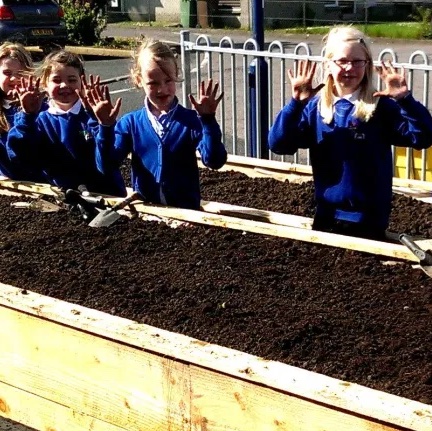
The local-social lens:
What does it mean for the people of Dunbar and district to thrive?
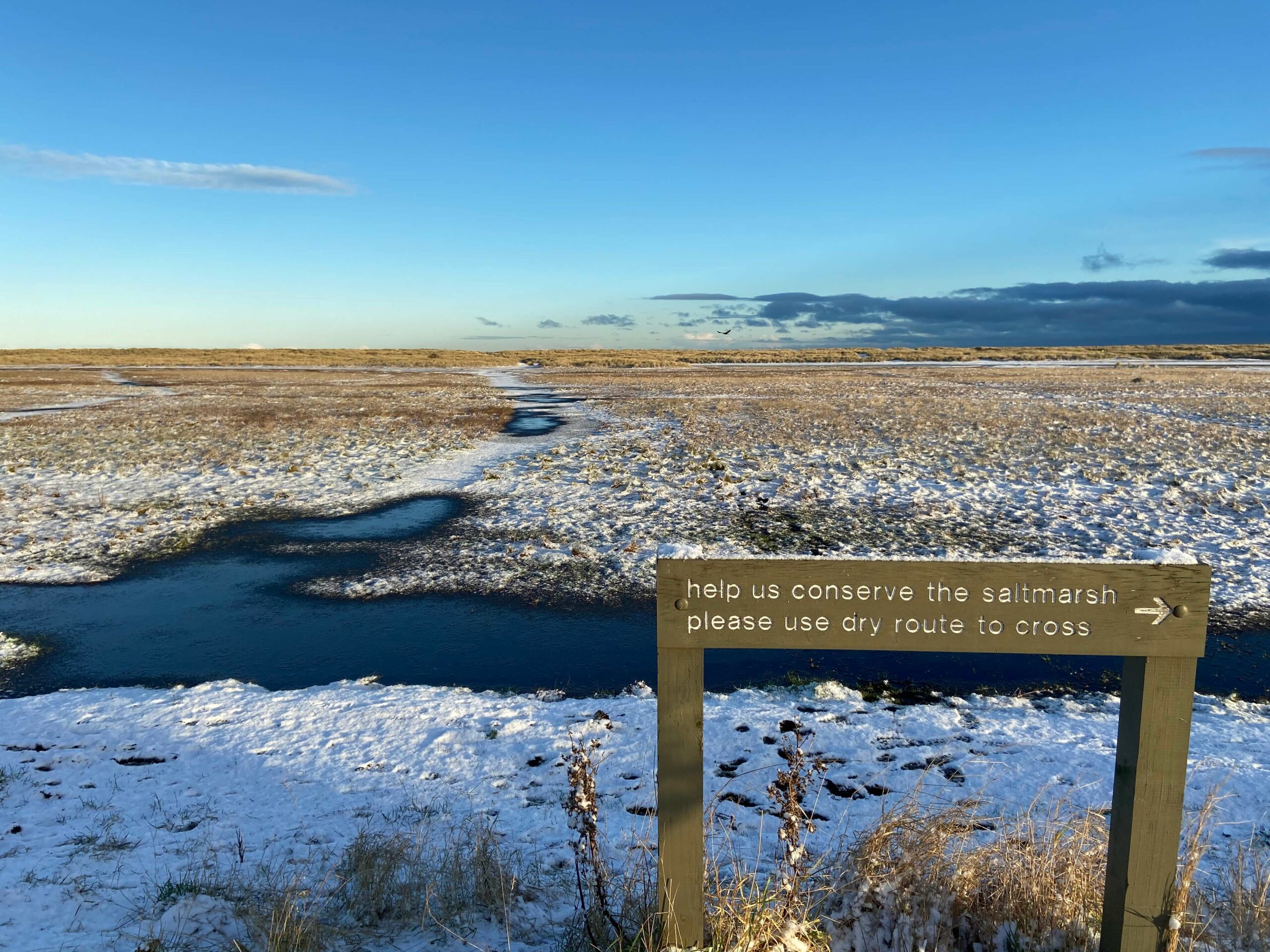
The local-ecological lens:
What does it mean for nature and wildlife to flourish in Dunbar and district?
The ‘local-social‘ lens helps us explore what it means for the people of Dunbar and district to thrive. This will include topics like good mental and physical health; strong, welcoming community; well paid, secure and meaningful work; etc.
The ‘local-ecological‘ lens helps us explore how let our local environment flourish. This will include not just the health and biodiversity of ‘natural areas’ like woodlands, moorlands, rivers and coasts, but also of farmlands, gardens and parks.
From local to global…
The next two lenses shift our focus beyond the local to the global:
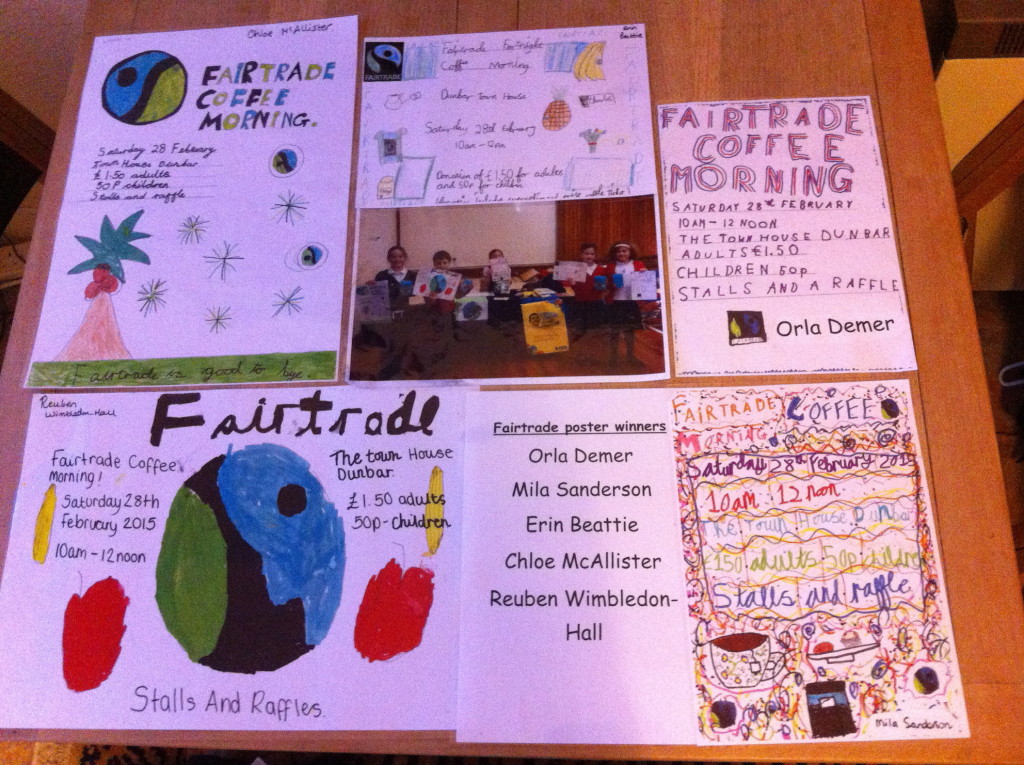
The global-social lens:
What does it mean Dunbar and district to respect the wellbeing of people worldwide?
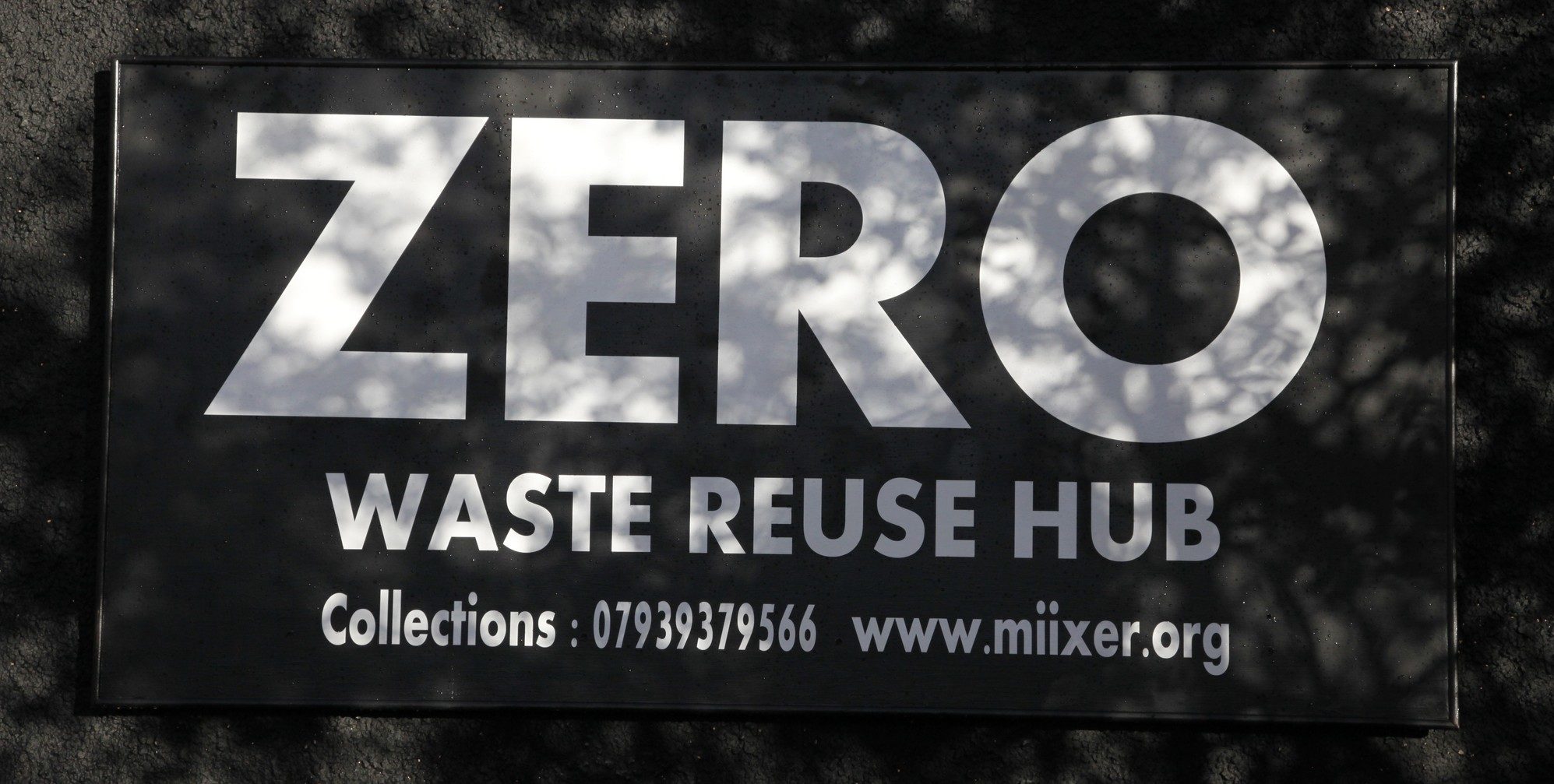
The global-ecological lens:
What does it mean Dunbar and district to respect the health of the whole planet?
The ‘global-social‘ lens helps us explore what it means for the people of Dunbar and district to respect the wellbeing of people worldwide. This will include topics like fair trade; sweat shops; modern slavery; etc.
The ‘global-ecological‘ lens helps us explore what is means for us to thrive while respecting the health of the whole planet – beyond our local area. This will the pollution and carbon emissions caused by producing and transport the food, goods and services we buy, from across the world.
A plan for thriving and flourishing
By working with our partners, local people and allies, the What Next Action Plan we’ve created is a living online document that will continue to grow as we add new ideas and information that is shared with us. Sustaining Place, Sustaining People, the What Next Action Plan:
- Communicates a shared plan for recovery from the pandemic and for becoming an even stronger and more resilient community to respond to current and future social, economic and environmental crises.
- Helps local groups to better coordinate their work, and to collaborate with others and with statutory agencies.
- Provides a shared resource of knowledge and information that local groups can use to develop strong, evidence-based funding applications.
Or read online…
How to get involved in the next steps:
- If you live and work in Ward 6 and want to keep in touch, please become a Sustaining Dunbar member (it’s free).
- If you represent a community group, organisation or business based in Ward 6, and support our broad vision please join us as an Associate Member
- If you represent a statutory body active in Ward 6, please join us as an Associate Member
Background and technical notes
If you are interested in going a bit deeper…
John Muir

The What If network grew out of our collaboration with Friends of John Muir Birthplace on the exhibition John Muir, Earth-Planet, Universe. The exhibition is currently showing at the Battery, Dunbar Harbour and online here.
Doughnut Economics
Our approach to developing the What Next plan is partly inspired by the work of Kate Raworth who created the concept of ‘Doughnut Economics’. To find our more visit the Doughnut Economics Action Lab.
What If?
Another important inspiration has been the Rob Hopkins’ book: From What is to What If: Unleashing the power of imagination to create the future we want.
